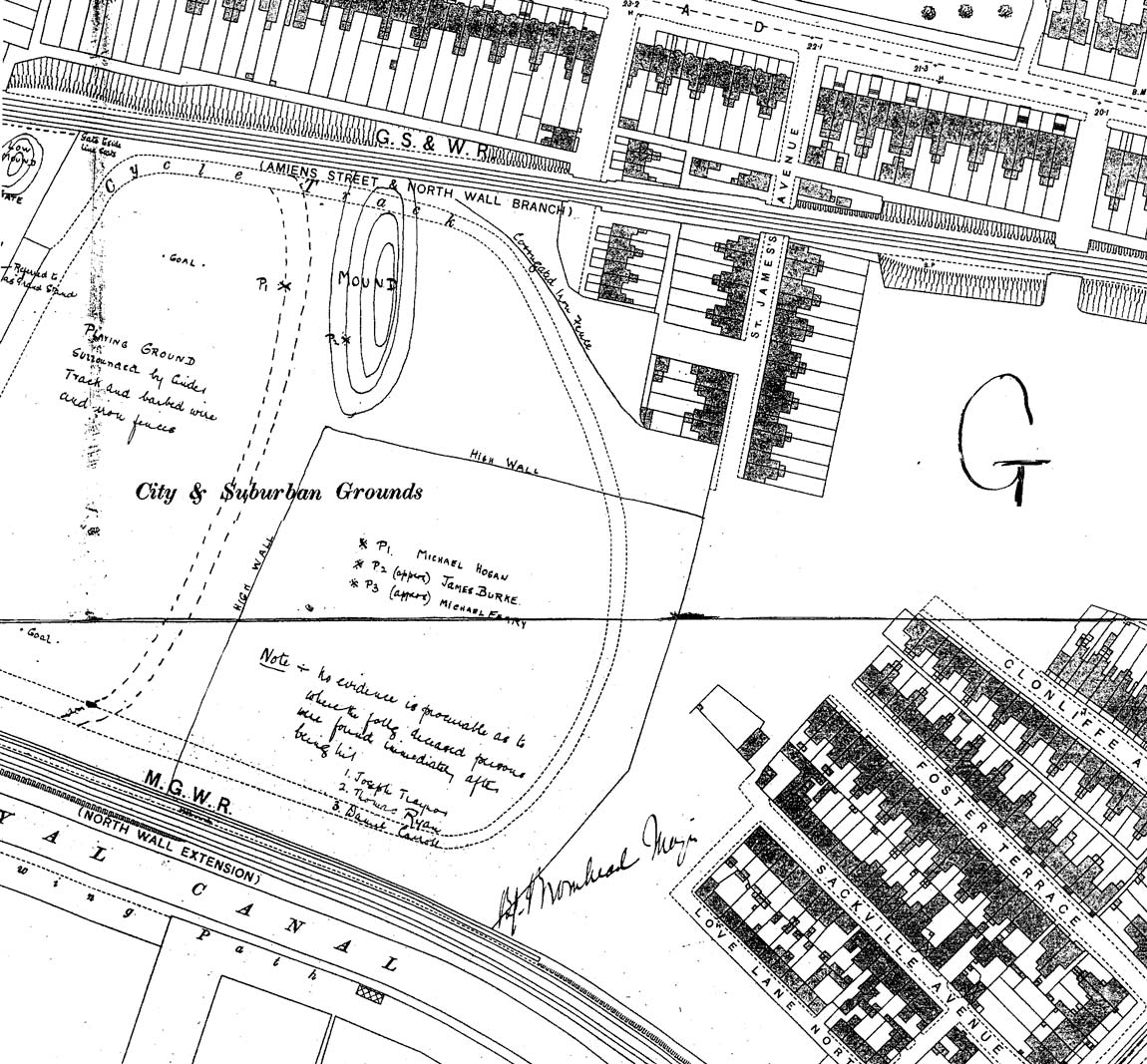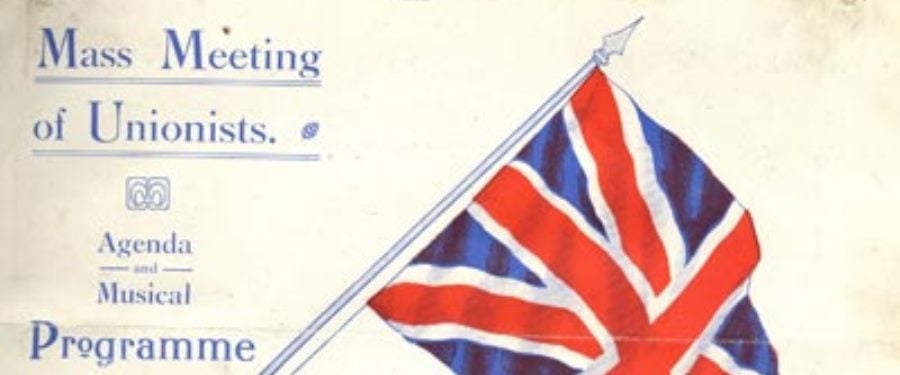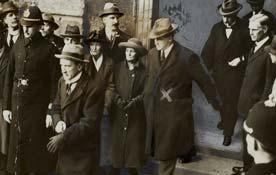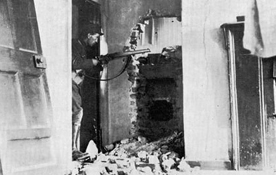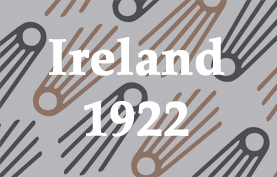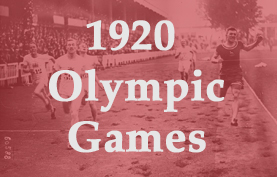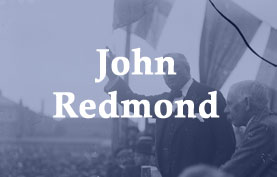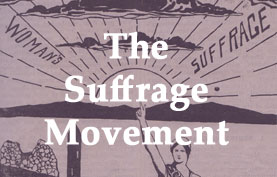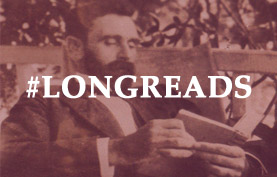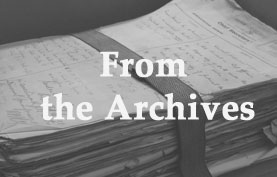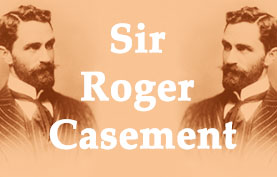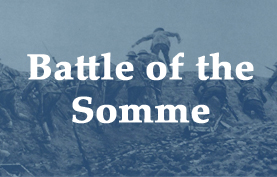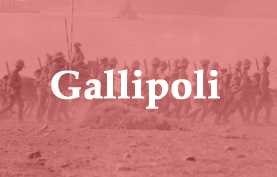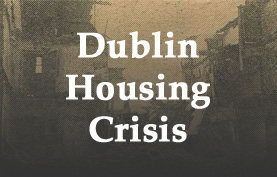Mapping Bloody Sunday, 21 November 1920
Four years ago, as teams from Ireland and Australia, lined up in advance of International Rules match at Croke Park, 14 lanterns were lit on an empty Hill 16 terrace.
Each lantern represented one of the 14 lives lost to a murderous killing spree by British Crown forces in the same stadium 96 years previously, events which Aogán Ó Fearghail, the GAA’s president in 2015, described as ‘tragic and traumatic’.
But the events of ‘Bloody Sunday’ were not confined to Croke Park.
On the morning of 21 November 1920, Michael Collins sent his trusted team of assassins known as the ‘Squad’ to kill 12 alleged British intelligence agents in their flats, boarding houses and hotel rooms, all of them situated close to the city on the southside of the River Liffey.
Later that afternoon, in an act of retaliation, British forces entered Croke Park, the home of the Gaelic Athletic Association (GAA) which was playing host to an inter-county challenge match between Dublin and Tipperary, and opened fire on the crowd. In the mayhem that ensued, 60 people were injured and 14 killed, among them Tipperary gaelic footballer, Michael Hogan.
While historian Charles Townsend has written that these afternoon killings ‘formed a grim kind of balance to the morning’s’, they proved insufficient to sate the appetite for British reprisal.
Later that evening, in a further retaliatory act, IRA men Dick McKee and Peadar Clancy, who were arrested the night before, were shot while allegedly ‘trying to escape’ from Dublin Castle.
Mapping Bloody Sunday
‘Bloody Sunday’ has acquired an iconic status in the
Irish War of Independence and in this map Conor Bolger illustrates
how geographically concentrated the principal events of the day
were.
The location of morning assassinations are highlighted by blue pins which identify the location of the killing and provides biographical information on those killed.
For the events of the afternoon, which all occurred in and around Croke Park, the home addresses of the victims are highlighted by red pins, alongside which can be found short biographical profiles. The majority lived in the north inner city, close to Croke Park where they were killed. Michael Hogan, the Tipperary captain on the day, was the only victim from the afternoon who lived outside of Dublin.
This map of ‘Bloody Sunday’ locations and the accompanying biographical profiles of victims was compiled by Conor Bolger, a graduate of UCD’s MA in Public History.
Who died on Bloody Sunday, 1920?
Morning Killings
Lt Henry James Angliss
Demobilised in March 1920 but recalled as an Intelligence Officer
in the Summer. Operated under the alias ‘Patrick
Mahon’. Apparently born in Dublin in 1891, he was raised in
England before enlisting in a Scottish Regiment in 1909. Shot and
killed in his lodging at 22 Lower Mount Street.
Lt Peter Ashmus Ames
Born in Pennsylvania in 1888 and raised in Morristown, New Jersey.
Moved to London in 1912, before joining the British Army in 1917.
Demobilised in April before being recalled and arriving in Dublin
in June. Moved into the residence at 38 Upper Mount Street the day
before the killing. Lodged with George Bennett.
Capt. Geoffrey Thomas Baggallay
Born in London in 1891, worked as a solicitor’s clerk before
joining the army in 1914. Had his leg amputated in November 1917.
Upon leaving the army he finished his legal studies and was called
the Bar in May 1919. Worked as a Junior Courts-Martial Officer in
Ireland from July 1920. Lodged at 119 Lower Baggot Street.
Lt George Francis Bennett
Born in Java in 1892, before moving to Bournemouth with his
family. Studied law before enlisting in the army in November 1914.
Served in the Intelligence Corps in both France and Holland during
the war. Was demobilised in 1919 before being recalled to Dublin
in the early Summer of 1920. Lodged with Ames at 38 Upper Mount
Street.
Maj. Charles Milne Cholmeley Dowling
Born in London in 1891. Joined the army in 1910 and was injured on
three separate occasions while serving in France between 1914 and
1918. Resigned from the army in 1919 but was ordered to remobilise
on 30 September 1920 and was sent to Dublin. Lodged at 28 Upper
Pembrooke Street, with Price and Lt. Col. Hugh Ferguson Montgomery
(shot on the day and died of his injuries on 10 December).
Capt. John Joseph Fitzgerald
Born into well-known Tipperary GAA family, joined the army in 1915
aged only 16. Taken as a POW in Germany he was repatriated before
Christmas 1918, then serving with the North Russian Expeditionary
Force in 1919. Joined the RIC in June 1920 pending admission to
the colonial police cadets. Injured in service as defence-of
barracks sergeant for the Auxiliary Division in Clare. He was
convalescing at 25 Earlsfort Terrace when he was killed.
Temp Cadet Frank Garniss
Born in Hull in 1885 and joined the army in 1903. Re-enlisted in
1914 for the duration of WWI. Upon demobilisation he enlisted in
the Auxiliaries on 18 October 1920. Part of a group of newly
dispatched cadets marching from Beggars Bush barracks to Westland
Row station. Upon hearing the commotion on Lower Mount Street, the
group moved to surround the building. Two Cadets were sent to the
barracks to get reinforcements. Garniss and Morris did not make it
back. They encountered an IRA lookout group on the way and were
killed in the back garden of 16 Northumberland Road. Along with
Morris, they were the first confirmed fatalities in the Auxiliary
division.
Temp Cadet Cecil Augustus Morris
At 24, Morris was over ten years Garniss’ junior. Born in
Croydon, London he worked in his father’s barbershop until
he was conscripted in 1915. He served in France in the first half
of the War, before joining the Machine Gun Corps in 1918. He was
demobilised in 1919, briefly returning to the barbershop before
becoming a tram conductor. After being laid-off in 1920 he joined
the RIC on the same day as Garniss. Both men were scheduled to be
stationed in Killaloe, Co. Clare.
Capt. Patrick Joseph MacCormack
Born in Mayo in 1877, he was a well known and respected sportsman.
A qualified vet and Ireland’s first full-time gentleman
jockey. Joined the Royal Army Veterinary Corps in 1917, serving in
Egypt throughout 1918 up to the Summer of 1919. After being
demobilised he was employed as a permanent starter for a racing
club in Egypt. He returned to Ireland in 1920, planning to bring
his wife and daughter with him to Cairo in December. Shot while
reading the paper in his bed at the Gresham Hotel. Not an active
spy, Minister of Defence Richard Mulcahy, upon instruction from
Collins, informed his mother that there was ‘no particular
charge’ against him bar ‘that he was an enemy
soldier’.
Leonard Aidan Wilde
Born in Reading in 1891. Fluent in both French and Spanish he
worked as a language tutor before the War. Led a rather obscure
life that involved time in Cuba, service as a Benedictine Monk,
various spells on the Western Front, a temporary vice-consulship
in neutral Spain, being fired by the Foreign Office for running up
debts, and a spell in the US Air Force while he was living in
Paris. Demobilised in August 1920, he had been staying in the
Gresham for three weeks. At the time of his death his employment
status was unknown. So much so that, months later, his own
solicitor wrote to the War Office to see if Wilde’s widow
may be owed any salary or pension by the government.
Capt. Donald Lewis MacLean
Born in Ayrshire in 1889, was a police constable before enlisting
in the army in 1915. He was demobilised in March 1920, before
being recalled for service in June and stationed in Dublin. He was
the only Intelligence Officer officially recognised in the British
casualty list. Was shot and killed along with Smith at the
Smith’s residence at 117 Morehampton Road.
Thomas Herbert Smith
Resident landlord at 117 Morehampton Road. Born in Portobello in
1873. Lived with his wife and eight children in the inner city,
before moving to Sutton, where he was a prominent member of the
Church of Ireland in Howth. Worked as a clerk, then manager of a
painting business, before the family emigrated to Queensland where
Smith was involved in the building trade. Upon the family’s
return from Brisbane in May 1914, Smith used his saving to invest
in renovating rental properties. Was shot along with MacLean and
another man, John Caldwell, who survived the shooting.
Capt. Leonard Price
Born in Islington in 1885 and worked as a clerk before enlisting.
He was wounded and taken prisoner by the Germans in April 1918,
before being repatriated before Christmas. Subsequently served as
a staff officer in Scotland and was demobilised in autumn 1919. He
was recalled for service in Ireland in June 1920.
Capt. William Frederick Newberry
Born in Exeter in 1875. Spent a year in the Royal Marine Light
Infantry, resigning his commission in 1895. Entered Gray’s
Inn in 1898 but was not called to the Bar until 1909. Financial
troubles led to his emigration to Canada in 1913, but he returned
to London when war broke out. Unlike the other victims he did not
serve overseas, rather remaining in England in various reserve
battalions. After the war he taught law to soldiers awaiting
demobilisation and came to Dublin in this capacity in 1920. In the
autumn he was appointed as a Courts-Martial Officer. Shot while
trying to climb out the window, his body left hanging there for
hours after his death.
Afternoon Killings
James Burke
Lived in Windy Arbour and worked in Terenure Laundry. Aged 44,
died of gunshot wounds received on the day. Buried in Churchtown,
survived by his wife Annie and five children.
Daniel Carroll
Aged 30. Managed a pub in Drumcondra owned by Martin Kennedy for
three years beforehand. Near Christ Church. Originally from
Templederry, Tipperary moved to Dublin with his sister Mary, and
was living in St James’s Avenue. Buried in Glasnevin.
Michael Feery
Lived in Gardiner Place. Aged 44-45 according to his wife,
Bridget, he remained unidentified for a number of days after the
incident, before his wife identified him. He was employed as a
soldier and had been discharged from the Royal Marines the
previous year. He was currently unemployed and made money from
doing odd jobs.
Thomas Ryan
Aged 27, lived on Viking Road in Arbour Hill. Was employed as a
labourer for the Gas Company in Dublin. Survived by his wife.
Originally from Glenbrien, Co. Wexford, he was shot while
whispering the Act of Contrition into Michael Hogan’s ear.
One of the three civilians from the day whose name appears on IRA
rolls of honour.
James Teehan
Aged 26. Worked as a publican and lived with his brother John on
Green Street. Was crushed by the crowds as he tried to escape.
Buried in Ballinalacken Cemetery, Glengoole, Tipperary.
Joe Traynor
Aged 21 and employed as a general labourer, living in Ballymount.
Born in Dublin, the oldest of four children, at least at the time
of the 1911 Census, when he was living with his family in
Bluebell, Clondalkin. He is one of the three civilians killed on
the day who are listed on IRA rolls of honour
Michael Hogan
Aged 24. Captain of the Tipperary team, he was the only player
from either side killed in the shooting. Lived in Grangemockler,
Tipperary, where he worked on the family farm. His name is listed
on IRA honour rolls, along with two of the other civilians killed
on the day. The Hogan Stand in Croke Park was dedicated in his
honour in 1925.
Jane Boyle
Aged 26. Employed as charge hand to a pork butcher. Lived with her
sister, May and her family on Lennox Street. She was sister of
Thomas Boyle, President of the Coach Makers’ Society and
former president of the Dublin trades Council. She was engaged to
be married. Buried in Glasnevin with other victims.
Tom Hogan
Aged 19, he was a mechanic by trade. Originally from Tankardstown,
Limerick, one of seven children, he lived in Saint James’
Terrace. Had joined an IRA company in Dublin. Died from his
injuries on 26 November. Buried in his hometown of Bruree, Co.
Limerick.
James Matthews
Aged 48, lived on North Cumberland Street. Worked as a day
labourer and was survived by his wife, Kate. Buried in Glasnevin
cemetery.
Patrick O’Dowd
Aged 57, lived on Lower Buckingham Street. Was employed as a
builder’s labourer. Survived by his wife and two children.
Buried in Glasnevin.
Jerome O’Leary
Schoolboy aged 10, lived with his family on Blessington Street.
Was the second child of Jerome and Ellen O’Leary, both
natives of County Cork. Buried in Glasnevin.
John William Scott
Schoolboy aged 14, lived with his family on Fitzroy Avenue. Eldest
child of John and Mary Scott. Like many victims he was buried in
Glasnevin.
William Robinson
Schoolboy aged 11, lived on Little Britain Street with his family.
Died of his injuries on 22 November and was interred in Glasnevin.
Sources
Census of Ireland 1911
Dolan, Anne. ‘Killing and Bloody Sunday, November
1920’, The Historical Journal 49, no. 3 (2006), pp.
789-810
Foley, Michael. The Bloodied Field: Croke Park. Sunday 21
November 1920 (Dublin, 2014)
Irish Independent
Irish Times
Leeson, David, ‘Death in the Afternoon: The Croke Park
Massacre, 21 November 1920’,
Canadian Journal of History, April 2003, pp 43-67
Leonard Jane, ‘English Dogs or Poor Devils?’ in David
Fitzpatrick ed., Terror in Ireland, 1916-1923 (Dublin,
2012)
Sheehan, William,
Fighting for Dublin: The British Battle for Dublin,
1919-1921
(Cork, 2007)

